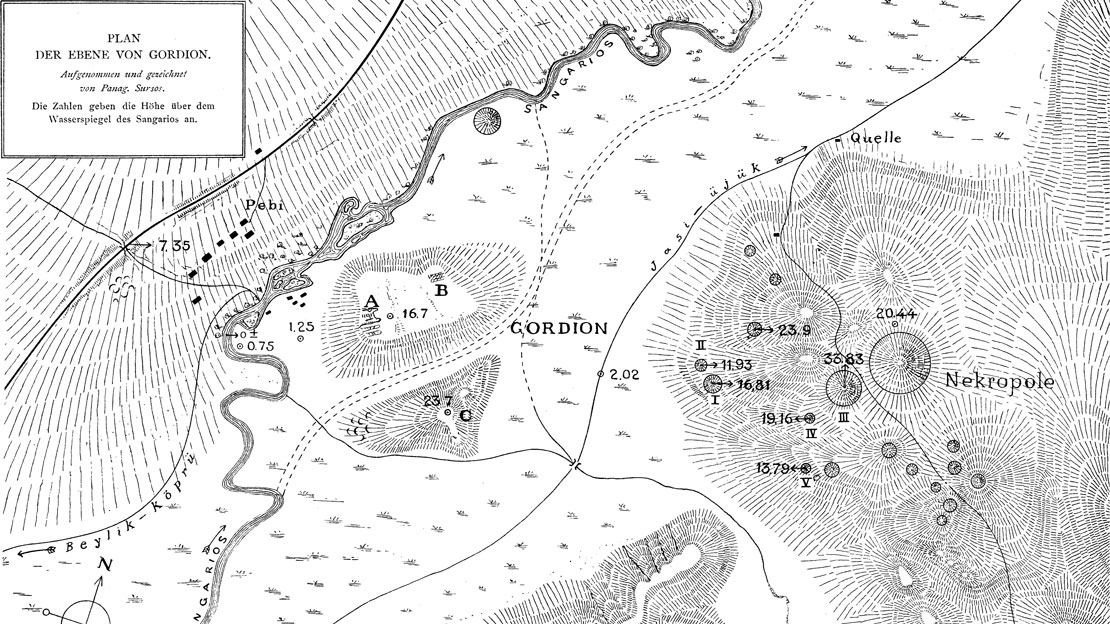The Gordion Archaeological Project

Gordion
First Active Penn Museum Archaeological Site Named in UNESCO World Heritage List
The announcement occurred during the 45th World Heritage Committee meeting in Riyadh, Saudi Arabia, officially recognizing Gordion’s longstanding cultural and archaeological significance.
Read More










